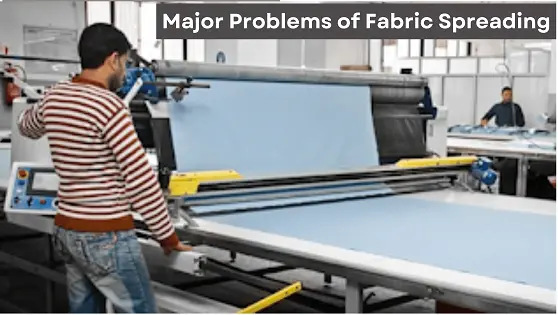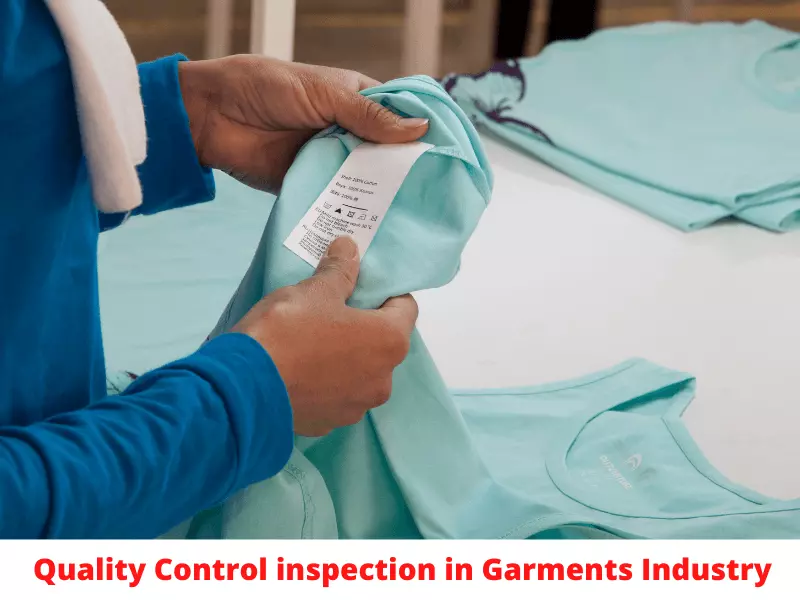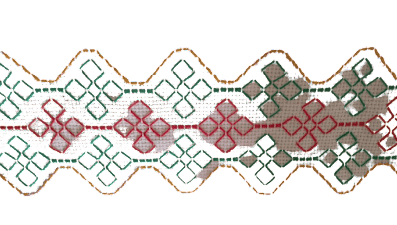Major Problems in Fabric Spreading
Fabric spreading means the smooth laying out of the fabric in superimposed layers (plies) of the specified length. The marker paper is laid onto the topmost layers. The maximum width of the marker paper is constrained by the usable width of the fabric. Fabric spreading is an important task in the apparel manufacturing process. In this article, we present details on Major Problems in Fabric Spreading.
Faster cutting was only generated after the introduction of cutting machines (i.e. circular, straight, and band knives) which enabled cutting off more than one ply. The traditional tailor restricted to a pair of scissors, was not able to profit from multi lays since this tool would not cut more than two plies. This still involved the danger of ply shifting with consequent incorrect or faulty cuts in the bottom ply. For this reason, only one single panel was cut at a time. This proves that spreading technology was quite obviously preceded by cutting techniques and that the present laying-up methods were created by modern cutting equipment. However, the industrial pilling up of panels and piece goods for profitable cutting produced several problems which have still not been fully solved and the two words tension and distortion still cause headaches in daily work. Let us take a brief look at these two drawbacks. Tension and Distortion are the two Major Problems in Fabric Spreading.

Tension
Tension based on material properties or on processing is always inherent to fabrics and can also be caused by inadequate finishing. This tension, produced for instance by the unnatural shaping of yarns into knitted or woven fabrics usually increases a proportion to the cloth weight: fine, light-weight fabrics are generally less subjected to tension than are coarse and heavy cloth.
When piece goods are drawn off the roll of fabric by the spreading operator and are thus stretched, the inherent tension is increased still further by the drawing tension during unrolling. In other words, manual spreading adds to the negative properties. Since the tension is unnatural, the fabrics need to relax. This is impossible as long as they are kept together on the laying table; the lay provides a hold to that they can not contract. However, as soon as the lay is cut and the single parts are sewn individually, the cloth tries to relax, resulting in contraction: in most cases, the parts become smaller.
The most important requirement for spreading is that the inherent tension (which will always remain evident, no matter how well the finishing process may have been carried out) must not be increased: this means tension-free spreading is a necessity.
Small parts such as semi or fully-fashioned knitwear can be laid up without tension. There is no mechanization variable for this purpose anyway, apart from pinning tables. Tension-free manual spreading of piece goods, however it is impossible, especially when they exceed 90 cm in width and 250 GSM in weight. Very short lays of 1m or maximum 2m can be used so that the panels can be shaken before placing them onto the previous lay. However, whenever the lay exceeds 2m it can be taken for granted that tension-free manual spreading can not be achieved. The use of modern aids, i.e. carriages or machines is then necessary.
Distortion
This is a similar problem. It can occur in all fabrics, for instance as a result of yarn twisting, or due to incorrect finishing. In most cases, this is only visible in patterned fabrics. Distortion becomes so serious that cutting is no longer possible inlays but must be performed ply by ply and piece by piece.


